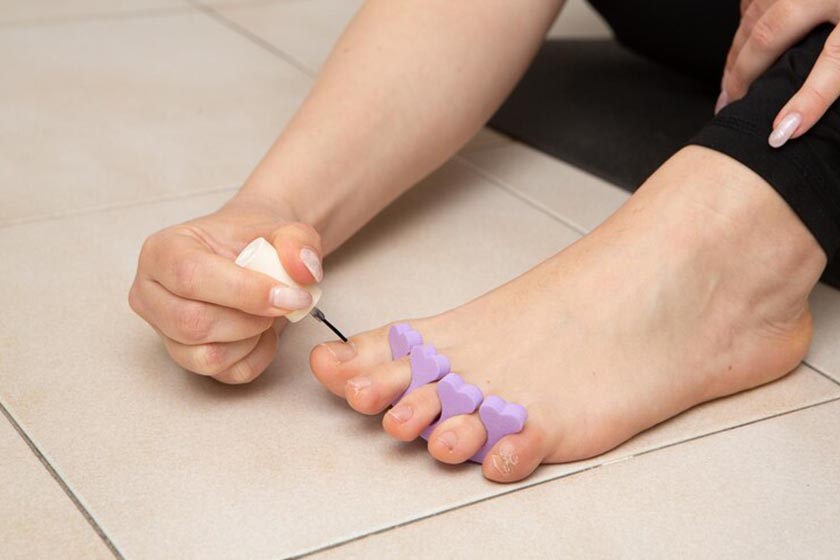Does Chlorine Kill Athlete’s Foot? For swimmers, athlete’s foot and fungal nail infections can be an issue. In the case of an athlete’s foot and jock itch, ozone is an excellent weapon against spore fungi like mould fungi. Don’t operate the machine for too long (depending on your lungs’ ozone tolerance, room size, and room ventilation), and significantly don’t inhale straight from the machine’s output.
Chlorine eliminates bacteria that can pose a health risk in swimming pools and spas by destroying their reproduction ability. Swimmers, athlete’s foot, rashes, and diarrhea can all be prevented with chlorine-based disinfectants in pools and spas. Here is the best chlorine generator to keep chlorine levels balanced.
It’s not good because it could develop worse and spread to other body places quickly. In addition, the development of Toe Nail Fungus is a potentially disastrous outcome.
Foot fungus is a debilitating condition that can be tough to manage. It looks terrible, discolours thickens excessively, and is difficult to shave or remove. Contagious toenail fungus can quickly spread to the fingernails.
What Kills Athletes’ Feet Quickly?
Because of its antibacterial properties, hydrogen peroxide helps treat fungal infections on the feet and prevents bacterial infections from spreading. The affected area should be treated with hydrogen peroxide directly. Stinging and bubbling are possible in exposed wounds, so use caution.
Can an Athlete’s Foot Go Away Automatically?
In most cases, an athlete’s foot does not disappear independently. The disease can spread to other body parts if you don’t take care of it. Nails: The treatment of fungal nail infections is more complex. Many treatments fail to work on them.
Do You Need to Throw Out the Shoes if It Causes an Athlete’s Foot?
Because of the athlete’s foot, throwing away your shoes is unnecessary unless they are dirty, have dirt, or are allergic to the material or colour dyes.
Why It’s Pretty Impossible to Go Athlete’s Foot Automatically?
For a chronic athlete’s foot infection, you should contact your doctor if the illness persists for more than 14 days, even after treating it consistently.
Chlorine dioxide can be applied topically to treat fungal nail infection, allowing it to penetrate the nail plate and inactivate germs in the nailbed. The fungal infection can be eliminated by dissolving chlorine dioxide gas in water and allowing patients to soak their nails in the solution for some time and in a series of treatments to improve the appearance of the nail, remove the fungal infection and promote healthy nail growth.
There are many ways to cure nail fungal infections, but the most common approach is to soak infected nails for at least 45 minutes, once a day, for three days. This is the first feature of the present invention, which is a method of treating nail fungus.
Can Chlorine Damage the Skin?
Chlorine in pool water can strip the skin of its protecting sebum, causing the skin to become dry and irritated. Chlorine can also cause rashes or discomfort on skin that is particularly sensitive. Chlorine dries out your hair, so you should avoid using it. How much chlorine to add in a pool?
Is It Safe to Swim With Bulbs?
A wide range of germs can infect open wounds or skin fractures. As a result, persons who have open injuries or fractures cannot use the pools.
Chlorine dioxide is a fast-acting disinfectant that quickly kills bacteria and viruses, as well as fungi that have been encased in parasites. More than a minute after application, topical chlorine dioxide has been demonstrated to destroy bacteria, viruses, and fungus 10. Here are some of the best chlorine for the pool.
As a rule, minor athlete foot cases resolve themselves in two weeks. However, if the infection is severe or affects the toenails, the treatment may last for several weeks or even longer than that period.
